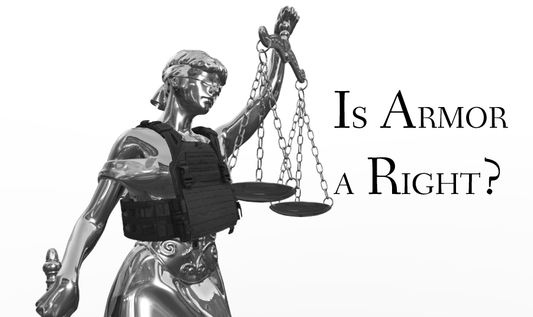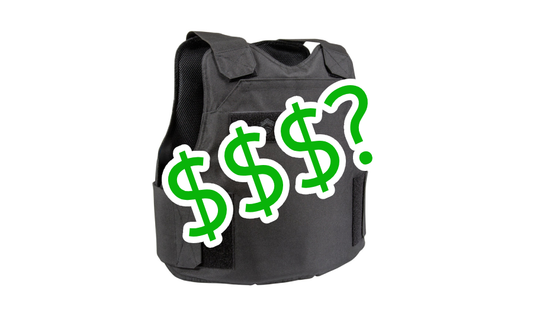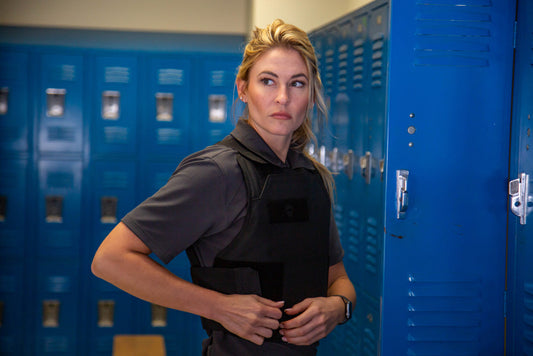Collection: News

Is it Illegal to Wear Body Armor in Public?
Like firearms, the sale, possession, and wearing of body armor is regulated by the states. Some states associate the use of body armor with mass shooters and don’t want to give criminals an edge.

How much does a bulletproof vest cost?
People are increasingly worried about being targeted in a random act of violence in public. The first question that the anxious parent or the safety-conscious individual might ask is “how much does a bulletproof vest cost?”

BulletSafe's INCREDIBLE Bulletproof Vests and Products
Let there be no doubt – NIJ testing is thorough, rigorous and constitutes the highest standard of testing anywhere in the world. These devices are intended to safeguard people’s lives, including law enforcement, security personnel, bank workers, process servers, bodyguards and more.



